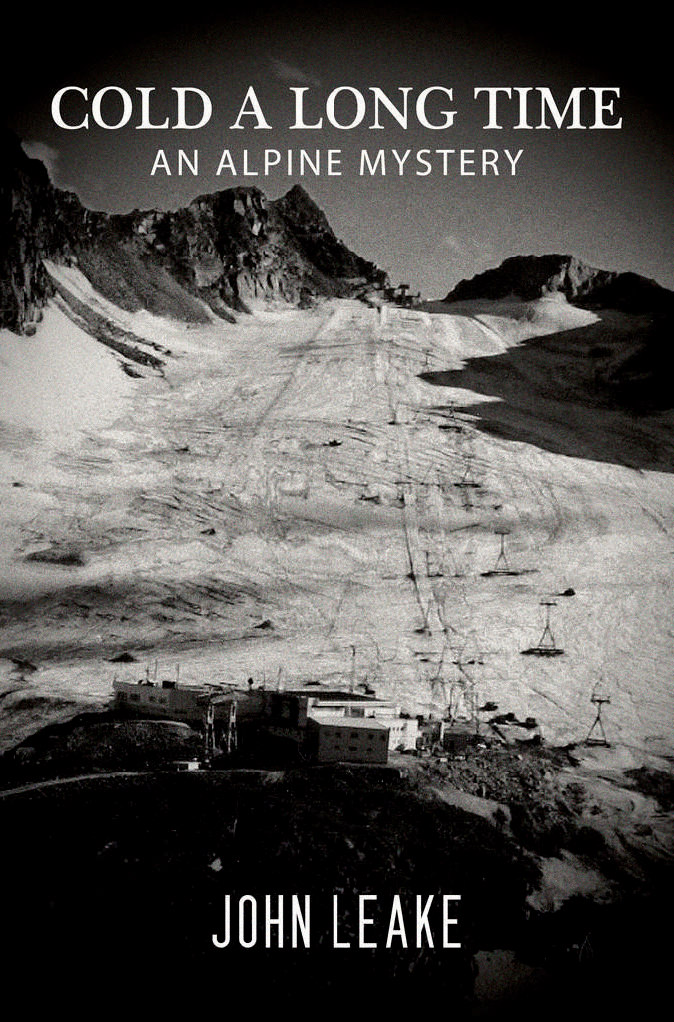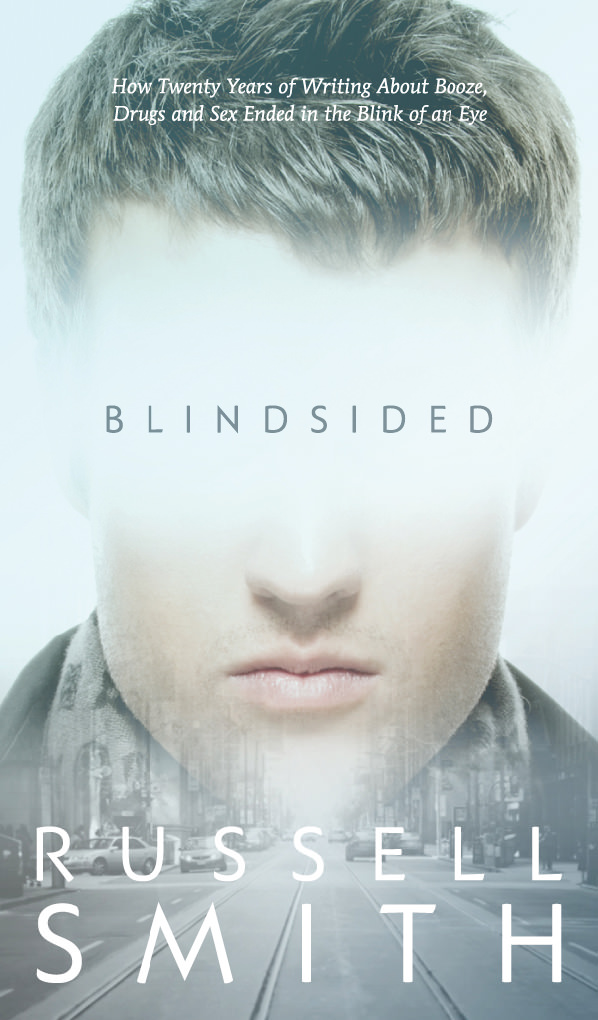-
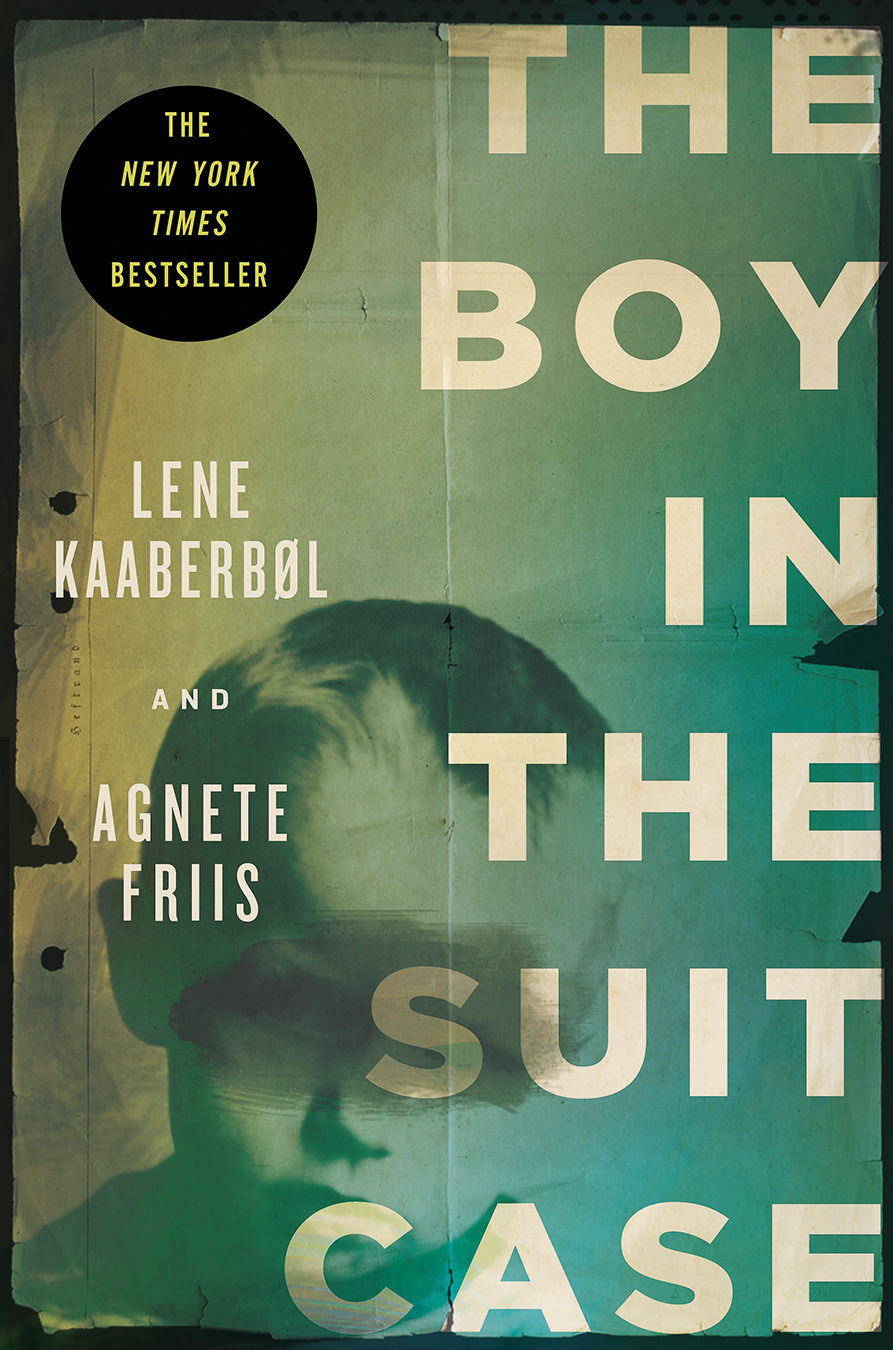
The Boy in the Suitcase by Lene Kaaberbøl and Agnete Friis.
-
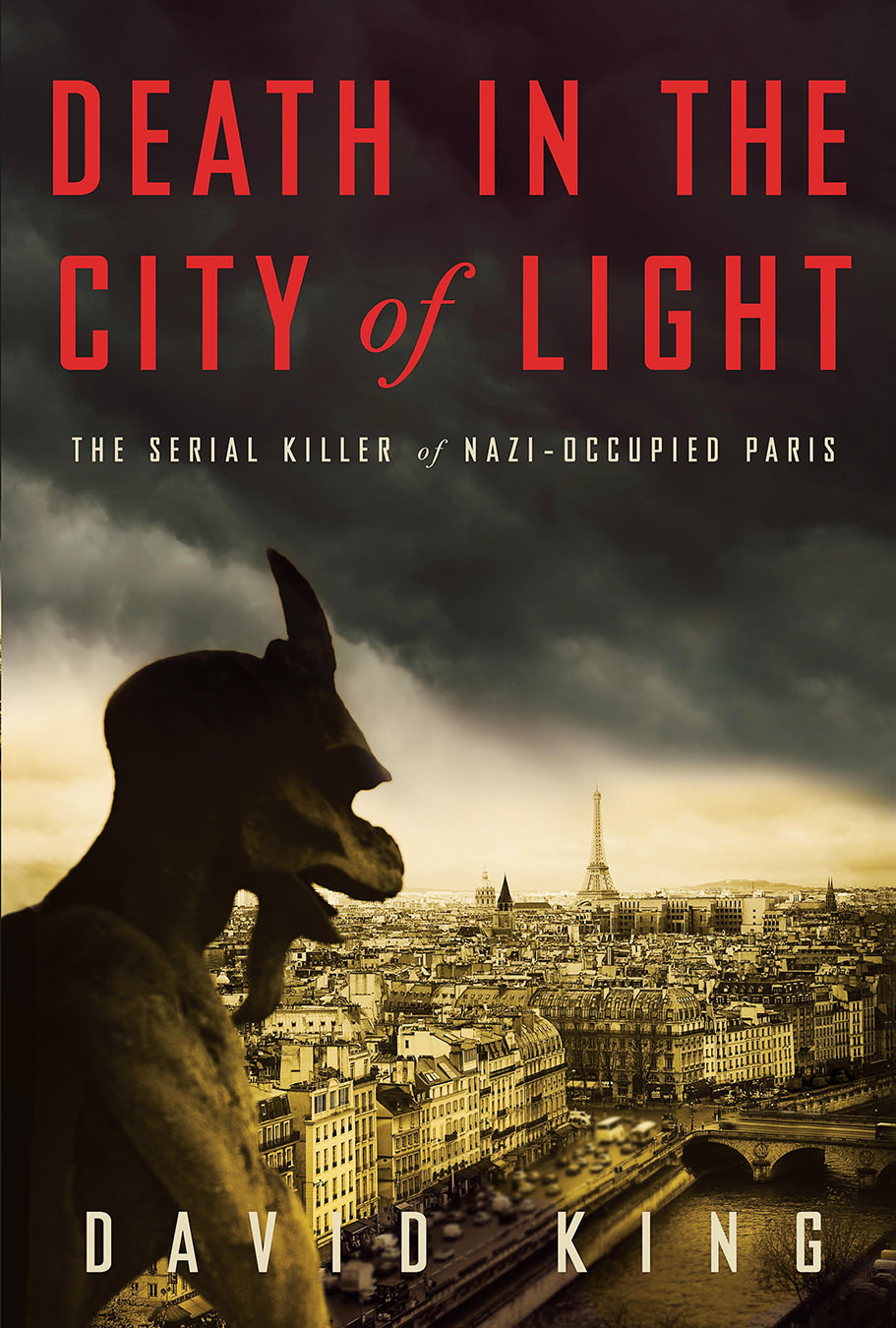
Death in the City of Light: The Serial Killer of Nazi-Occupied Paris by David King.
-
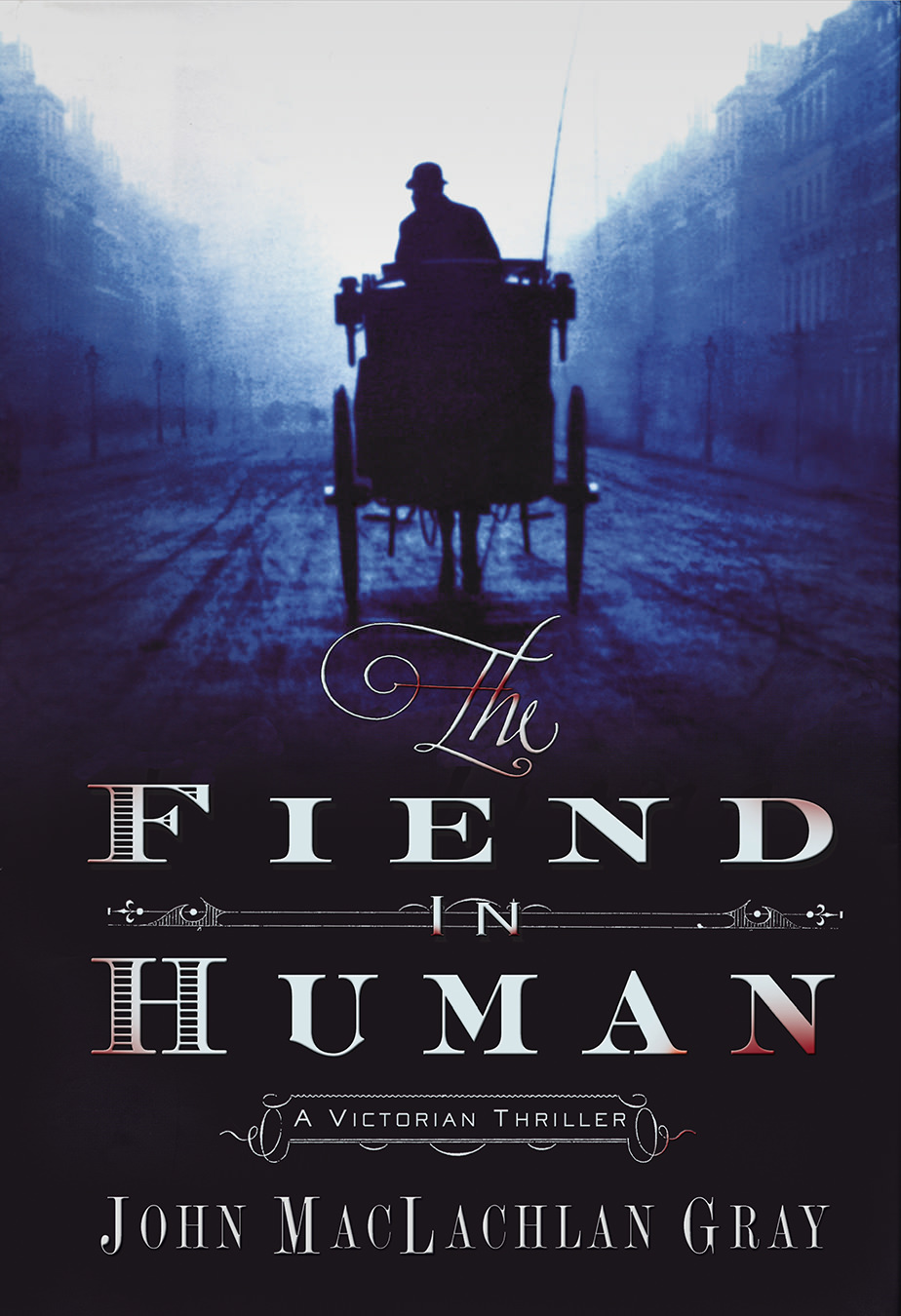
The Fiend in Human by John MacLachlan Gray.
Off the Shelf: Crime Fiction
Books by Lene Kaaberbøl and Agnete Friis, David King, and John MacLachlan Gray.
It would be misleading to say that detective novels and mystery stories and thriller books have undergone a renaissance of late, but it does seem as if they’re taking up more shelf space in bookstores these days. Stieg Larsson’s popular Millennium series has likely had a hand in that. And it’s not just books; along with the film adaptations of Larsson’s books, witness the Robert Downey Jr. Sherlock Holmes film franchise, entertaining if more action-packed than Sir Arthur Conan Doyle may have imagined—or the even-worthier BBC television series Sherlock, which updates the setting to present-day London. (It stars the immaculately named Benedict Cumberbatch, who has the best moniker to play the sleuth since, well, Basil Rathbone.)
I’ve always found something paradoxically calming about crime literature. Perhaps it’s just the right mix of familiar elements—which need not be clichéd but are nonetheless frequent components of the genre. The crime, the investigator, the red herring, the chase, the final scene in which everything is tied up, or not—it’s why hundreds of CSI episodes have aired and people are still watching. There’s something cathartic about the process of being fixated by a devious reprobate or grisly misdeed, then following it all through to conclusion.
The Boy in the Suitcase
Such is the case in The Boy in the Suitcase, a 2008 novel by Danish writers Lene Kaaberbøl and Agnete Friis that was translated into English in 2011. As with the Millennium books, it’s crime fiction that twists the emotions with startling subject matter—in this case, human trafficking (and children, in particular) is at the crux of the story.
Nina Borg is a Danish nurse asked by a friend to perform a cryptic task: to go to a train station and retrieve the contents of a particular locker. Nina does so and finds a suitcase, which she opens (contrary to her instructions) to find “a boy: naked, fair-haired, rather thin, about three years old … Not until she saw his lips part slightly did she realize he was alive.” Who is he? Where is he from, and to whom was he meant to be delivered? Trusting no one, Nina goes on the run.
What follows is a tightly wound tale told from the perspective of a number of characters. The varying points of view all convey the plot along, but it is two characters in particular that bring the story, and the crime, to a whole other level.
Nina takes the boy and flees, certainly caring about why he was abducted but more set on finding out where he is from. She has an innate distrust of authority, and an obsession with hard-luck cases. “Every single day, she practiced her detachment skills, trying not to care about everything that was wrong with the world. Or rather … to care, but in a suitably civilized manner, with an admirable commitment that might still be set aside when she came home.” She evades both criminals and the police alike, while understanding that her paranoia may be making the situation worse, that everything would be fine “if only she would let herself believe what no one else seemed to have any trouble believing: that Denmark was a safe haven for the broken human lives that washed up on its shores.” Those chapters told from the perspective of the boy’s mother are even more emotional, for however horrific it would be to find a child in such a situation, it would be worse to lose one, without a trace.
The Boy in the Suitcase is told in that minimalist, almost staccato-like narrative style of the Nordic noir genre that speeds through the story and has the effect of making everything almost intolerably stressful. When Nina reflects that “the boy was lying on the back seat like a small, ticking bomb,” we’re right there with her; even a seemingly innocuous set piece in which she leaves him in the car for a few moments to get supplies becomes impossibly tense.
Disturbing subject matter is almost by definition an element of crime writing. But to be truly effective, such topics must be balanced, matched with a more worthwhile end than simply sensational and gory details. This is especially important in the true crime genre, when the real-life details can be just as frightening as those imagined.
Death in the City of Light: The Serial Killer of Nazi-Occupied Paris
Death in the City of Light: The Serial Killer of Nazi-Occupied Paris by David King is the non-fiction account of Dr. Marcel Petiot, a serial killer who operated in France during the 1940s. In March 1944, a man living in the sixteenth arrondissement called the police after the house across the street had been emitting noxious black smoke for days. The officers broke in and discovered what the press would later refer to as a “murder factory”—human bodies burning in a coal stove, hidden in the basement, and buried out back in a pit filled with lime. Such was the unfathomable array of remains that the authorities had to “resort to calculating the number of victims by weighing the bone fragments.”
The book follows the investigation, arrest, and trial of Petiot, who ensnared his victims by setting up a sham escape network out of Paris; his victims (who were instructed to carry no identifying papers, wear clothes with no initials or marks, and bring with them great sums of money) were often believed to have made it out of the city because they were not heard from again.
It would be easy to believe it a fiction, and certainly King’s thrill-filled and well-paced writing sometimes eclipses the fact that extensive research went into the book. But the author delves deeply into the case, and Petiot’s past, piecing together the man’s unstable history from childhood to his service in the First World War (he was, at one point, injured by a hand grenade, although “at least one soldier in his unit claimed that Petiot had wounded himself”) to his success as a physician and being elected mayor of a small town—although his term was marked by odd thefts and at least one mysterious death.
The story would be remarkable in any setting, but being set against the backdrop of Nazi-occupied France gives it an additional layer of intrigue. At the time the police discovered the scene of the crimes, Paris was four years into the occupation. The city “saw its population fall from nearly three million to about eight hundred thousand,” and those who stayed were forced to deal with all manner of ordeals, from curfews and blackouts to German-organized riots and police sweeps. (Not to mention hunger; so diminished by lack of food was this mecca of culture and sophistication that “the prefect of Paris warned against the health hazards of eating ‘stewed cat.’ ”) It’s no surprise that the media—and Parisians in general—obsessed over the murders:
The extensive coverage of the Petiot affair soon escalated into a full-blown media circus. Newspapers dubbed the doctor the Butcher of Paris, the Scalper of the Étoile, the Monster of rue Le Sueur, the Demonic Ogre, and Doctor Satan … Speculation was rampant. Petiot was discussed in sidewalk cafés, smoky cabarets, and brothels that flourished day and night around the city. In the métro during an air raid alert on March 24, 1944, a journalist for Paris-Soir noted that people spoke only about Marcel Petiot.
The setting perhaps has the effect of making the crimes even more horrific, taking place as they did in a time that already emphasized “the sheer disregard for human life during the German Occupation—a time when many people simply disappeared without explanation.”
The Fiend in Human
This element of the sensationalizing of crimes by the media is thoroughly explored in The Fiend in Human, a novel by Canadian author John MacLachlan Gray. It takes place in London in the mid-1800s, with the city in the thrall of a string of murders attributed to one William Ryan, known as Cherokee Bill. He has been caught; however, his existence “permeated the city like a miasma, causing business to contract as though the plague were upon London”—and perhaps not just metaphorically, for Edmund Whitty, a journalist for the tabloid The Falcon, discovers that the slayings seem to have continued, despite Cherokee Bill’s incarceration.
The novel opens with a Falcon article penned by Whitty called “A Hanging at Newgate”, a description of the execution of a criminal at Newgate Prison. It’s an introduction not only to our protagonist but also to the zeitgeist in general, for it is very thorough, both in its discussion of the masses swarming to watch (“After all, what could provide a better tonic for the oppressed human spirit, than to witness the fate of one more wretched than oneself?”) and its depiction of the hanging itself, and it provides a memorable, if disturbing, introduction to crime and consequences in Victorian London.
And if it is a jarring introduction, it is also an illuminating one. For the novel is both engaging in its story and fascinating in its discussion of the innovations of the mid-19th century, and how they led to such a remarkably change-filled period of history. An example of this is “advanced” manner with which criminals are dealt:
The new penal philosophy of incarceration is no longer designed for those awaiting punishment (hanging, flogging), but as a punishment and correction in itself … Thanks to the modern approach, English children no longer scurry beneath gibbets by the roadside on their way to school, nor do their parents take weekly pleasure in the public flogging of their neighbours; instead, a scientific programme of silence, solitude, the treadwheel, as well as flogging and blistering where necessary, improves these disfigured souls, out of public sight.
Another such element is technology—ubiquitous in crime fiction—and which was evolving rapidly and significantly during this period. The invention of the telegraph, for one, had enormous implications for criminals, since news could now travel much, much faster; as one character remarks to Whitty, “Think of it, Edmund: since the beginning of history, the maximum distance any object or idea could travel was that which could be covered by a man on horseback. Now it is instant. Instant! … The electric telegraph will demolish geography. It is the end of the world as we know it.”
This, it may not have been, but there was certainly a change. Perhaps that is another reason that crime writing remains fascinating; the world, and in many cases, the underworld, and the methods for combatting it, are changing, always and intriguingly.


